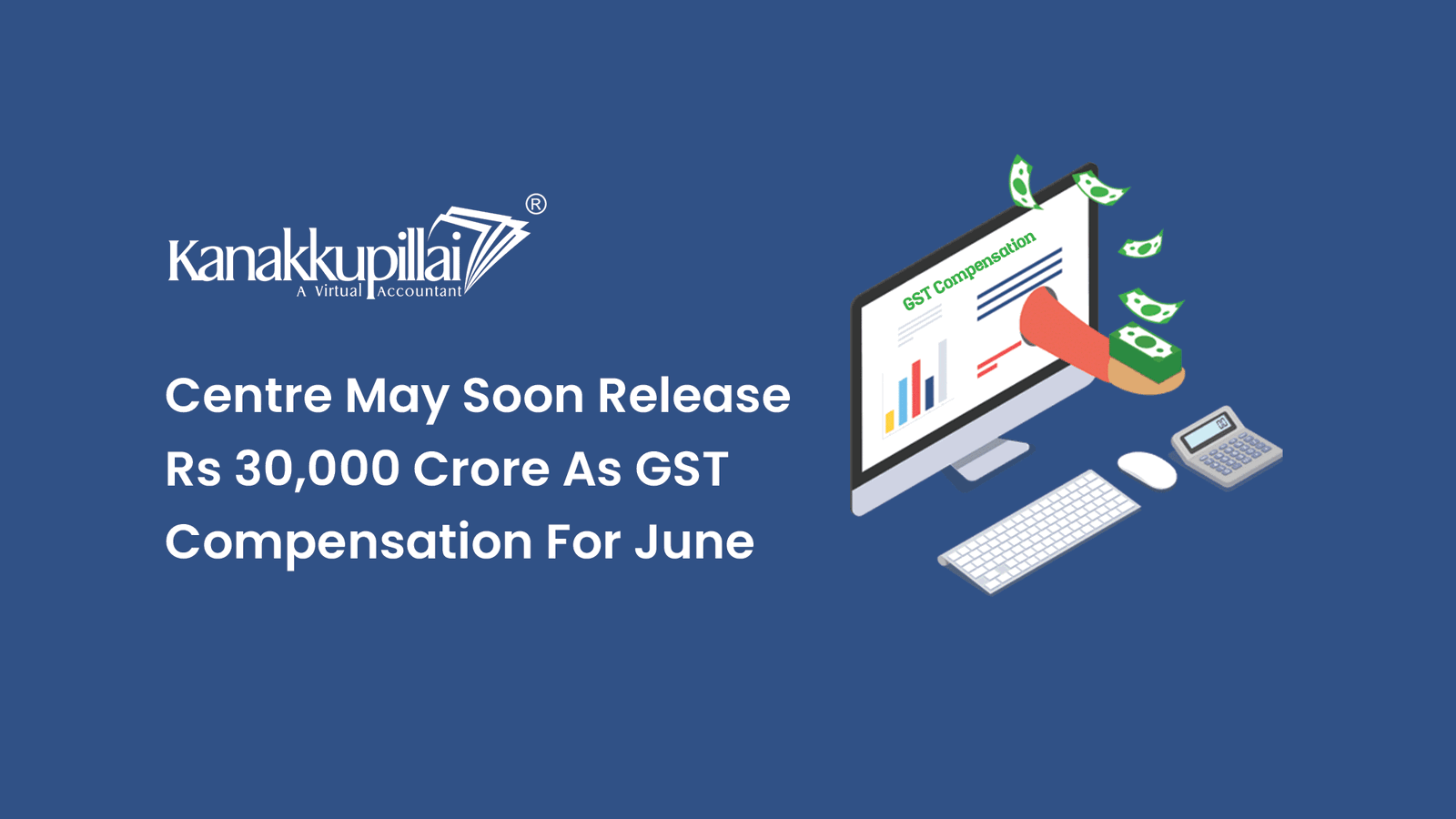According to reports, the Centre may shortly disburse $30 billion as GST (Goods and Services Tax) compensation for June 2022, the final month of the Union government’s stipulated five-year compensation period.
The sources indicated that, because there is not enough cash in the designated cesspool that is tapped for this purpose, the Center will likely release the compensation amount from its revenue stream.
The Center is concerned that capital spending by states, which often reduces revenue-generating expenses like interest payments and salaries, doesn’t stall due to a lack of funding.
If states produce reconciled statistics approved by their auditor generals, they may also release some arrears against claims pertaining to earlier financial years.
The sum may be released before the next month’s GST Council meeting. However, an official stated that no formal decision has been made on the release date yet. The cesspool doesn’t have a lot of corpora. If compensation for June is to be paid out, the Central Government may decide to do so from its finances (to be offset by future cess receipts), as an official added.
The Center released ‘86,912 crore on May 31 by drawing on its resources to the tune of ‘62,000 crore, or the whole amount of GST compensation payable to states up to May 2022, to help relieve the liquidity of states to step up capital investment. Only about ‘25,000 crore was available in the GST Compensation Fund when this decision was made.
For the first five years of the tax, which ended on June 30, 2022, the GST Compensation to States Act provided for the release of compensation against a 14% annual rise above revenues from taxes subsumed in GST. To compensate for the state’s shortfall in GST revenue from April to June 2022, the Centre has allocated ₹ 1.2 trillion in compensation cess collection for FY23, which will be used to repay loans taken earlier to cover states’ shortfalls.
To make up for some of the shortfall in cess collection, the Centre took out back-to-back loans totalling ‘1.1 trillion in FY21 and ‘1.59 trillion in FY22.
The Center announced on June 24 that it would continue to levy and collect GST compensation cess until March 2026 to repay the back-to-back loans provided to the states, as well as to pay the GST compensation due in June 2022 and any outstanding back taxes from prior financial years, based on the audited reconciled data.
The Goods and Services Tax has been in place in India for five years, and the government’s anticipated transition period to the new tax system is now over. The Centre is expected to stop paying compensation to states after this transitional period is through. This compensation was implemented to offset states’ revenue shortfalls during this period.
State governments still urgently want the compensation cess, which is the issue. Yet why?
Prior to the establishment of the GST, states that produce or export goods also levied central sales taxes (CST) of up to 2% on interstate transactions. Following the adoption of the GST, the share of CST in state revenue decreased from 4.16 percent in FY17 to 0.95 percent in 2020-21 (Revised Estimate), according to a report by India Ratings.
During FY18-FY21, state GST accounted for 55.4% of their total tax collection, down from FY14-FY17 when it accounted for 55.2%. According to the research, this indicates that there was no additional advantage to the states’ tax collection from the implementation of the GST.
Additionally, between FY18 and FY21, SGST experienced an average growth rate of 6.7%, which is lower than the 9.8% increase experienced by the levies that made up GST between FY14 and FY17.
When the GST was first implemented, the states’ revenue that the GST absorbed was safeguarded for a five-year transition period (2017-18 to 2021-22). This was done under the presumption of constant revenue-based growth from 2015–16 of 14% annually. Additionally, any shortfall would be covered by an additional tax (compensation cess) on sinful or opulent items.
Despite the Centre’s compensation cess collections being enough in 2017–18 and 2018–19, a shortfall in cess collection in 2019–20 was caused by the slowdown in the economy. According to the Reserve Bank of India, this is expected to rise even further in 2020–2021 due to the COVID-19 pandemic’s devastating impact on public budgets.





